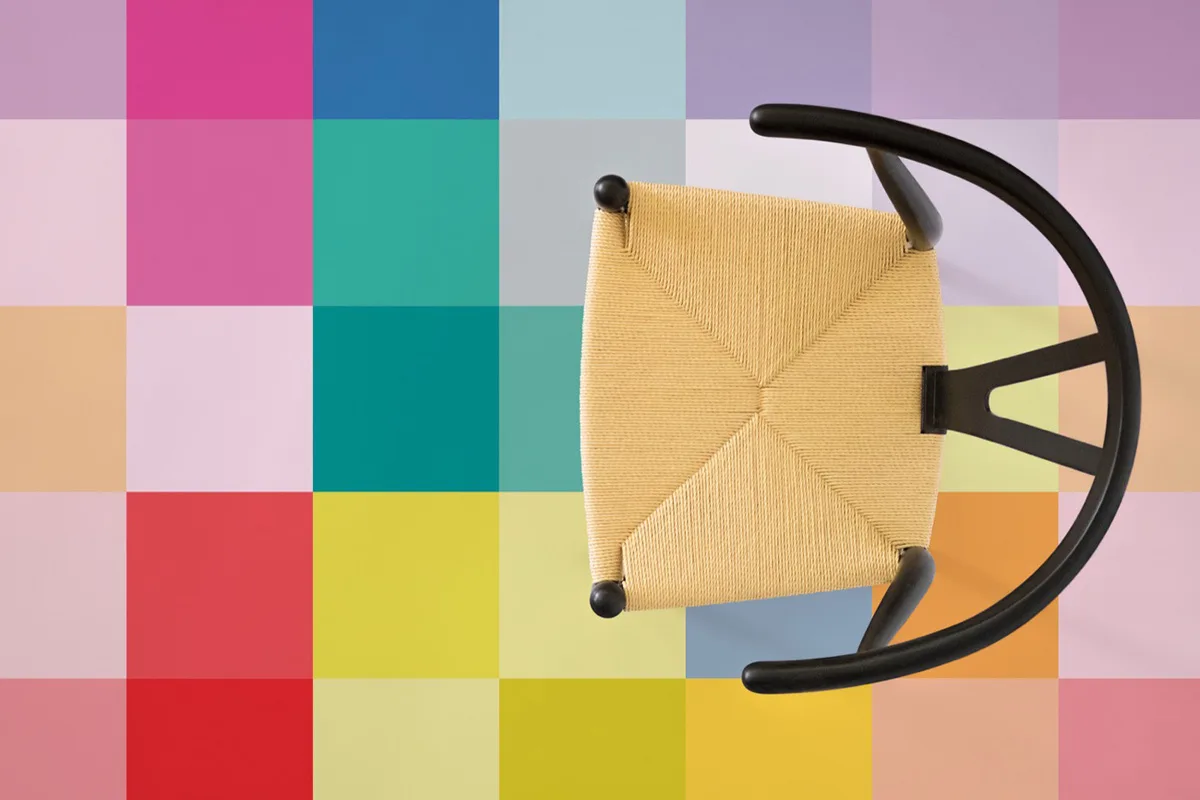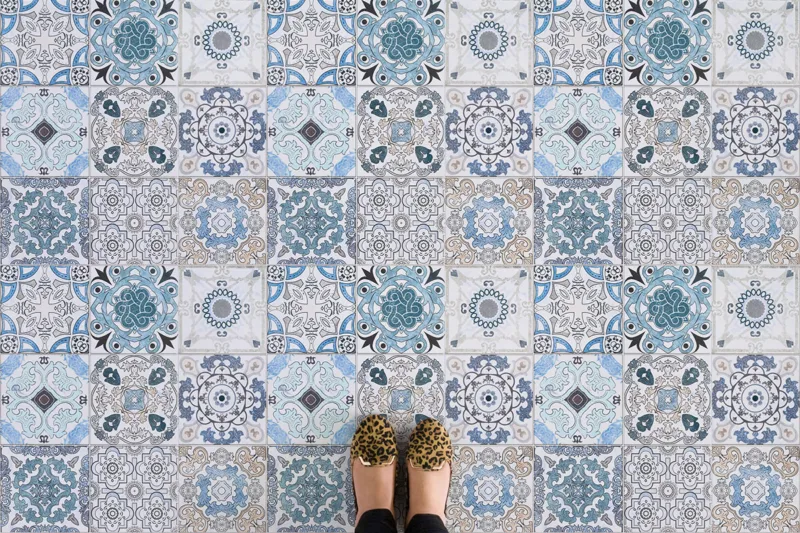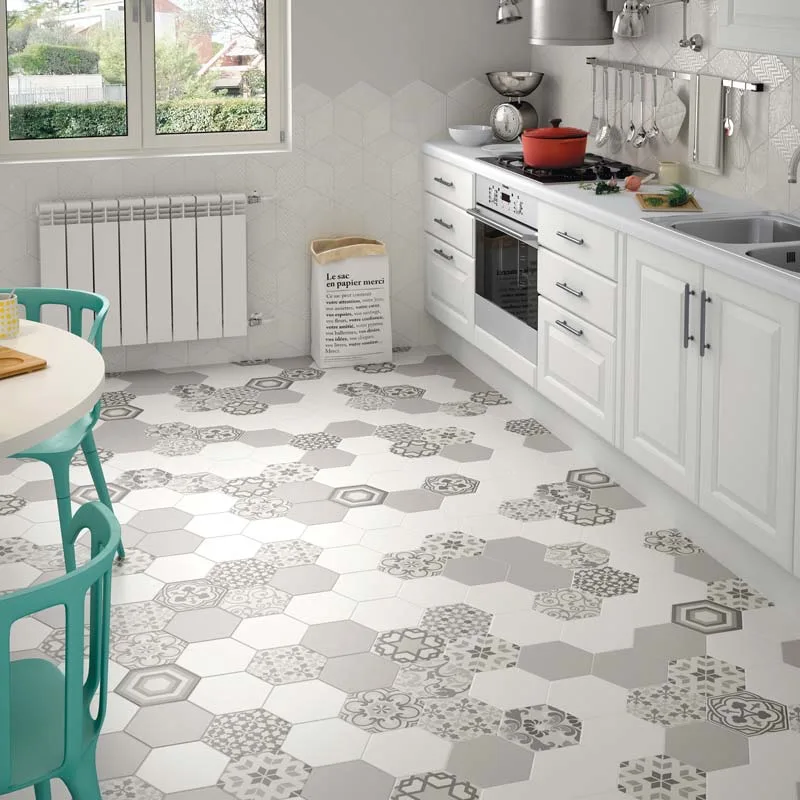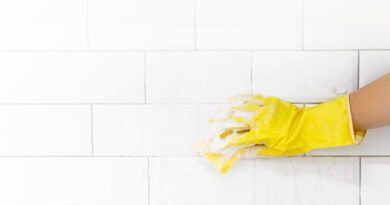Advancements and Applications of Vinyl Flooring
During the late 19th and early 20th centuries, clay, linoleum, rubber, and cork were the most commonly used types of flooring. Linoleum, with its smooth surface, was patented in the UK, marking the introduction of a new flooring option. Additionally, various types of tiles emerged, and vinyl flooring gained popularity until the 1940s. While each of these materials brought positive advancements to the flooring industry in the early 20th century, they also had their limitations.
Evolution of Flooring Materials: From Clay to Vinyl
The development of materials has profoundly transformed our world, enabling us to overcome new challenges and bridge greater distances. Wood and stone, among other materials, have been utilized for construction since ancient times, symbolizing durability and standing the test of time.
In today’s world, the advancement of flooring and building materials is motivated by the imperative of ecological sustainability. The focus on reducing the utilization of volatile organic compounds (VOCs) represents a prevailing trend in the evolution of flooring practices.
The use of a volatile organic compound, which is now strictly regulated due to concerns about its impact on human health and the environment, has influenced the direction of flooring development. There is a growing emphasis on utilizing renewable sources and minimizing the environmental footprint throughout the entire lifecycle of flooring, including production and disposal.
The Environmental Impact and Innovations in Vinyl Flooring
Interestingly, vinyl flooring was stumbled upon by a European chemist in the late 19th century as an accidental discovery. The chemist invented rigid vinyl chloride material during an experiment, which initially did not find any practical applications. Several decades later, through further chemical experimentation, vinyl chloride was combined with other substances, leading to the creation of polyvinyl chloride (PVC), the material we now commonly refer to as PVC.
Initially, PVC was used for cushioning and the production of synthetic rubber, but it wasn’t until after World War II that it made its way into the flooring market. Its exceptional durability, long-lasting performance, and cost-effectiveness quickly made it a highly sought-after material. The vibrant colors and patterns of the 1960s also brought about innovations in the realm of PVC flooring, leading to a wide range of options in terms of colors, patterns, and designs.
However, in the 1980s, the discovery of asbestos in vinyl raised health concerns. Thanks to advancements in technology, vinyl flooring underwent significant improvements to eliminate the asbestos issue. These flooring materials were then manufactured to even higher standards than before.
Today, the market offers a diverse array of vinyl flooring options with enhanced characteristics that were previously unavailable. Many of these floors are completely waterproof, making maintenance a breeze. They can also provide slip-resistant surfaces, offering a high-gloss finish while ensuring safety. A recent advancement in vinyl flooring is the production of static-free variants, which contribute to a more environmentally friendly solution.
The development of such flooring options has paved the way for a wide range of new applications in building usage that were previously unfeasible. Handling hazardous chemicals, transporting heavy materials, engaging in various sports activities, providing signaling capabilities, and creating safe play areas are just a few examples of the possibilities unlocked by the advancement of flooring materials. This close relationship between lifestyle and the evolution of the construction industry has been instrumental in shaping our built environment.





